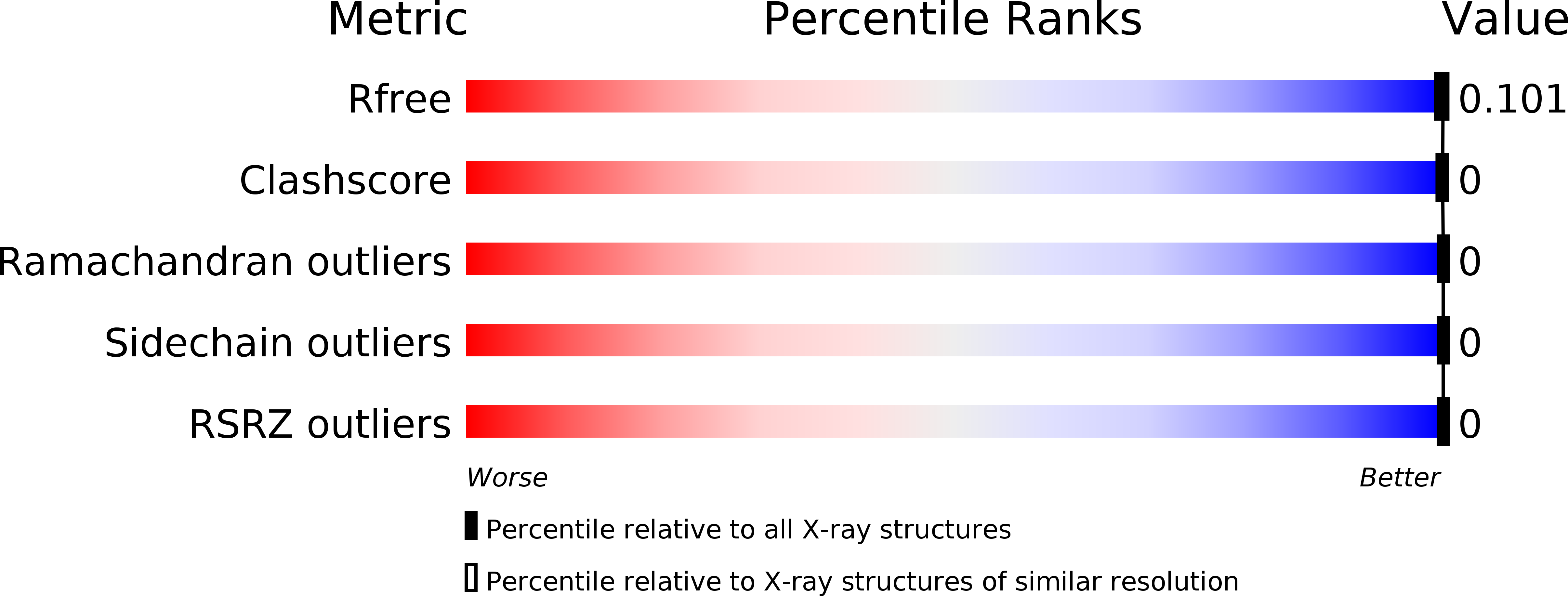
Deposition Date
2020-04-27
Release Date
2020-08-19
Last Version Date
2024-03-06
Entry Detail
PDB ID:
6WPQ
Keywords:
Title:
GNYNVF from hnRNPA2-low complexity domain segment, residues 286-291, D290V variant
Biological Source:
Source Organism:
Homo sapiens (Taxon ID: 9606)
Method Details:
Experimental Method:
Resolution:
1.10 Å
R-Value Free:
0.10
R-Value Work:
0.07
R-Value Observed:
0.07
Space Group:
P 1 21 1


